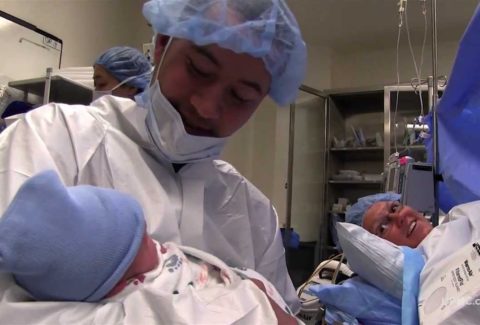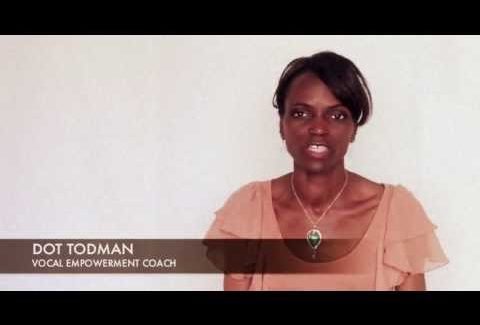Why High Notes Drive Singers Crazy
Oct 03, 2013 2021-12-07 14:30Why High Notes Drive Singers Crazy
Why High Notes Drive Singers Crazy
Vocal Registers: Why High Notes Drive Singers Crazy
Have you ever wondered why your voice sounds different depending on what note you’re singing? Perhaps you’ve heard the term “vocal break” and you wonder exactly what it means. In my video, How to understand your three main vocal registers, I explain these important concepts for all singers, speakers and actors to know. But first, here’s a quick…
Overview of what happens in our vocal folds when we sing:
Our vocal cords are fleshy flaps made out of air and muscle which undulate as we sing. As a singer we want to filter the air evenly from low notes to high notes. The faster the vocal folds undulate, the higher the note. They vibrate between 200 to 2,200 times per second depending on the pitch of the note. As notes get higher, the cords start to unzip and you need less air but more support.
VOCAL REGISTERS
In the above video, I share a painting which illustrates the 3 vocal registers through color. The painting blends from red to blue through a section of purple, each color representing a vocal register. Here’s more about each register:
Chest Voice
Vocal cords vibrate along their full length (like the long thick strings of a piano). It feels like it resonates at the top of your chest, and this area can handle more air.
Average Women: F below middle C to about B flat above middle C
Average Man: Low E of F (below low C) up about 2 octaves
Where you feel most Resonance: In the chest
Middle Voice (Mask area)
Dampening occurs where a kind of zipper effect closes off about 50% of one end of the cords. The vibration partially leaves the chest area and moves closer to the area just behind your nose and eyes. This air in the sinus area feels like a buzz, and this area can handle less air.
Average Women: High C to about E or F
Average Man: E or F above middle C to about B flat or natural
Where you feel most Resonance: behind the eyes (mask area)
Head Voice
The zipper now closes, about 1/3 of vocal chords are vibrating, more of a buzz, edge and vibration as chest, middle voice, but you feel it behind your eyes, nose and the highest reaches of your sinuses. This area requires even less air.
Average Woman: above high E or F
Average Man: above high C
Where you feel most Resonance: In the head
A lot of people confuse head voice with falsetto, but they are not the same thing. Falsetto uses just the edge of your vocal cords, whereas head voice uses around 30 percent of the cords.
Why understanding vocal registers is important.
My goal in explaining the three main vocal registers is to give you an awareness of what you’re doing, so you can practice your exercises with right kind of mental attitude.
Are you completely free and present when you sing? Or is there something stopping you? Do you have beliefs or thoughts like “I can’t hit high notes” or “my head voice is wrong”? If so, try practicing while thinking about the energy or feeling you want to convey. This will sharpen your mind while you sing instead of just focusing on the high notes. If you are afraid of hitting high notes, the fear alone could cause your body to become too tense and stop you from hitting the note – even if your cords have the right coordination.
That’s why it’s so important to know that vocal exercises only address one part (a third) of your whole instrument. It’s essential to understand your inner mental dialogue and the feelings that are coming up for you while singing. C.O.R.E. Vocal Power® is a program for vocal mastery which addresses these thoughts and feelings and helps you improve your whole instrument.
Share your experience with your register below or on our Facebook wall. Thank you.









